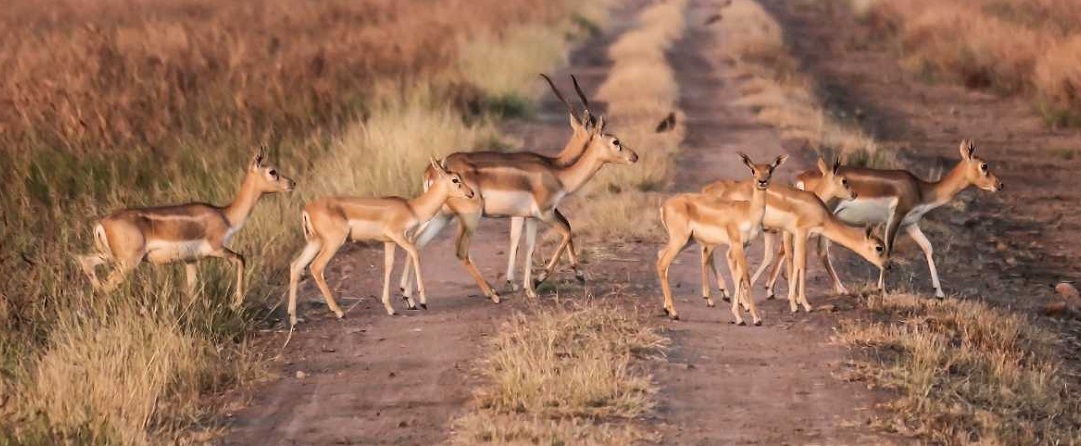Gujarat, a state in western India, boasts a diverse and vibrant landscape that is home to a myriad of flora and fauna. Among the jewels of Gujarat's natural heritage are its wildlife sanctuaries, which play a crucial role in the conservation of various species. These sanctuaries provide a haven for wildlife enthusiasts, researchers, and nature lovers alike, offering a glimpse into the fascinating world of Gujarat's biodiversity.
One of the prominent wildlife sanctuaries in Gujarat is Gir National Park and Wildlife Sanctuary, renowned as the last refuge of the Asiatic lion. Sprawling over 1,400 square kilometers, Gir is a biodiversity hotspot that not only shelters the majestic lions but also harbors a diverse range of animals, including leopards, deer, antelopes, and numerous bird species. Visitors can embark on safari adventures, catching sight of these incredible creatures in their natural habitat.
Nestled in the Sahyadri range, the Velavadar Blackbuck National Park is another gem in Gujarat's wildlife crown. This unique sanctuary is dedicated to the conservation of the endangered blackbuck antelope. The vast grasslands of Velavadar provide an ideal habitat for these elegant creatures, and the park is also home to wolves, hyenas, and various bird species. The annual blackbuck mating display is a spectacle that attracts wildlife enthusiasts from around the world.
Kutch, known for its expansive white desert, is also home to the Indian Wild Ass Sanctuary. Spread across the arid landscape, this sanctuary is dedicated to the conservation of the endangered Indian wild ass, locally known as the "Ghudkhar." The vast salt flats and grasslands of Kutch provide a unique setting for observing these swift and nimble creatures. Birdwatchers will also be delighted by the diverse avian population that thrives in this arid ecosystem.
Gujarat's marine biodiversity is celebrated in the Marine National Park situated in the Gulf of Kachchh. This sanctuary encompasses a vast expanse of coastal and marine ecosystems, featuring coral reefs, mangroves, and diverse marine life. Visitors can explore the park through boat rides, discovering vibrant coral formations, exotic fish, and various species of marine birds.
The Nalsarovar Bird Sanctuary, near Ahmedabad, is a haven for avian enthusiasts. The sanctuary is centered around the Nalsarovar Lake, attracting thousands of migratory birds during the winter months. Flamingos, pelicans, and a variety of waterfowl make this sanctuary their temporary home, creating a mesmerizing spectacle for birdwatchers.
Conclusion:
Gujarat wildlife sanctuaries are not only crucial for the conservation of endangered species but also offer a unique opportunity for nature enthusiasts to connect with the diverse ecosystems of the region. From the royal Asiatic lions to the graceful blackbucks and the vibrant marine life, these sanctuaries contribute significantly to the rich tapestry of India's natural heritage. A visit to Gujarat's wildlife sanctuaries promises an unforgettable experience, providing a glimpse into the untamed beauty of the animal kingdom in this vibrant state.

